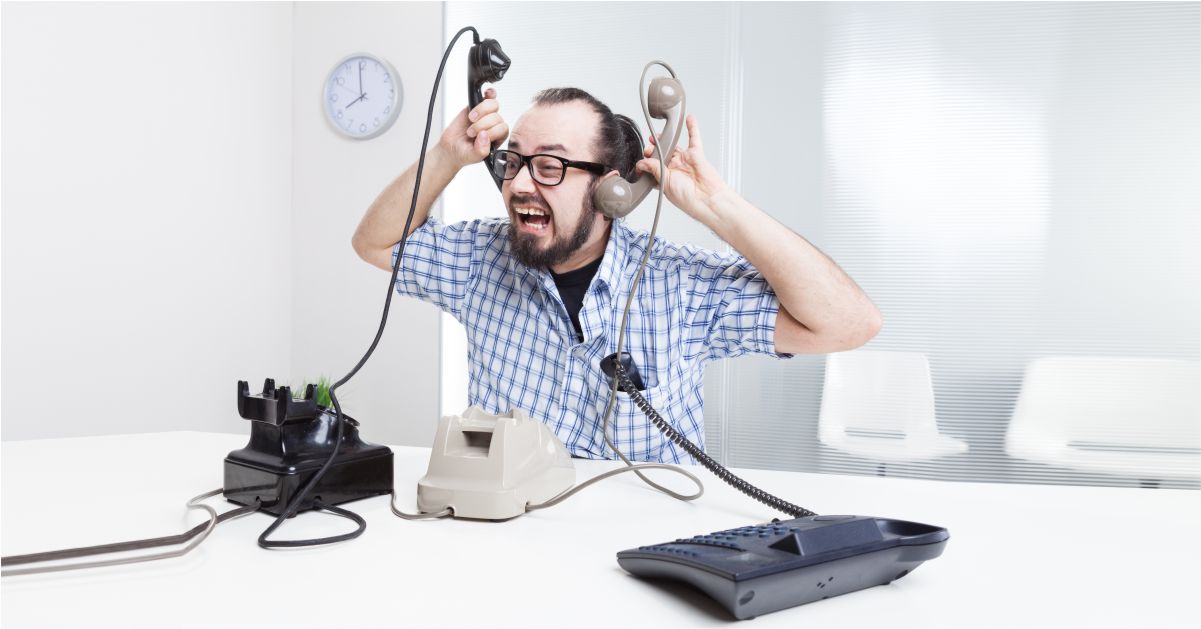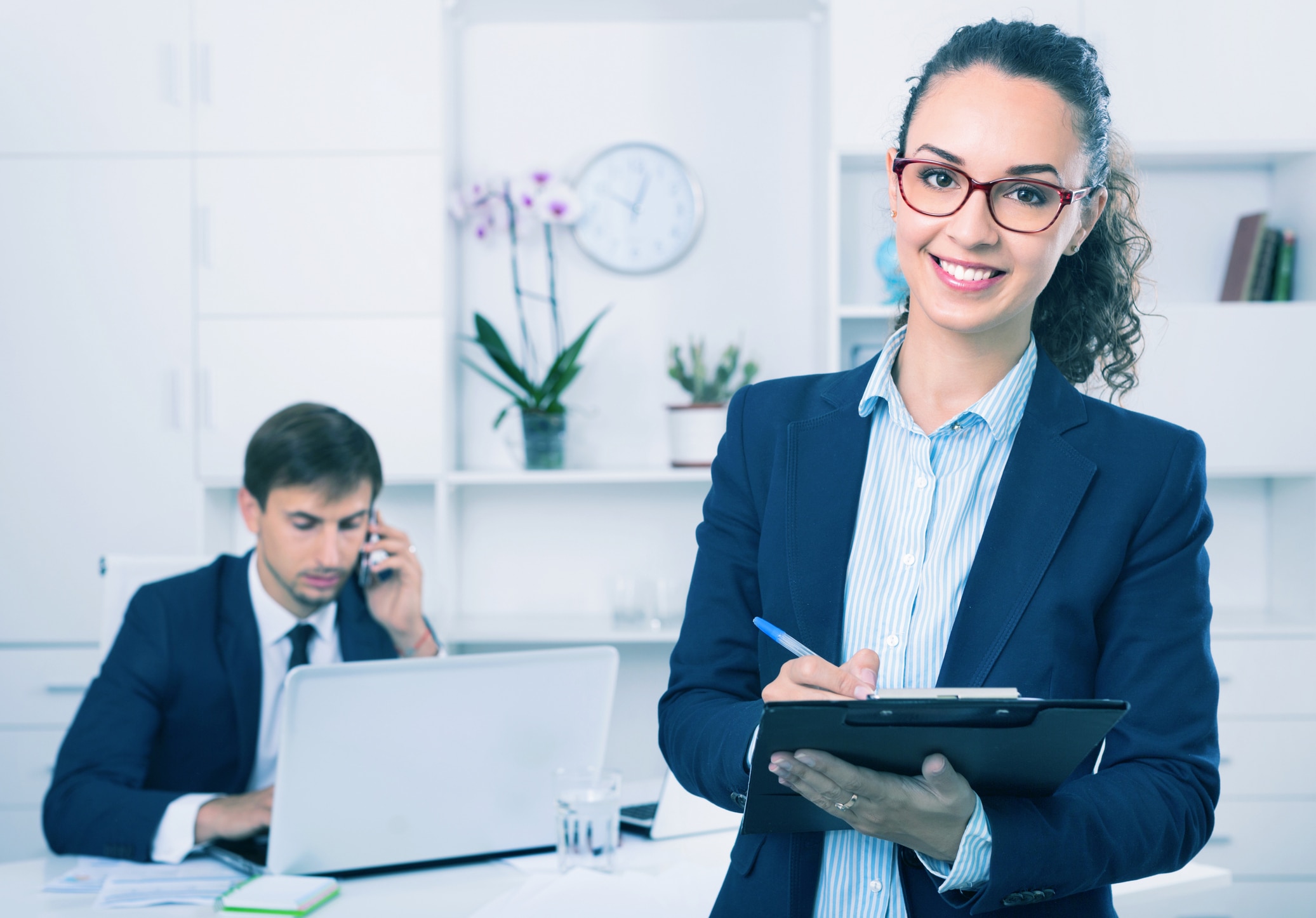All Categories
Featured
Table of Contents
- – Best The Complete Guide To Phone Answering Serv...
- – What Is The Best What Is An Answering Service??
- – What Is The Best 17 Reasons Why You Need A Tel...
- – What Is The Best Telephone Answering Service ...
- – What Is The Best Telephone Answering Service ...
- – Best What Is An Answering Service? Showroom ...
Best The Complete Guide To Phone Answering Services Sales Near Me
This device and its followers were created by Sava Jacobson, an electrical engineer with a personal consulting service. While early answering makers utilized magnetic tape innovation, the majority of modern equipment utilizes strong state memory storage; some devices utilize a combination of both, with a solid-state circuit for the outgoing message and a cassette for the incoming messages.
"toll conserving" listed below) (phone answering). This is helpful if the owner is screening calls and does not wish to talk to all callers. In any case after going, the calling party should be notified about the call having been responded to (in many cases this starts the charging), either by some remark of the operator, or by some greeting message of the little, or dealt with to non-human callers (e.
This holds specifically for the TADs with digitally saved welcoming messages or for earlier devices (prior to the increase of microcassettes) with a special limitless loop tape, separate from a 2nd cassette, committed to recording. There have been answer-only gadgets with no recording abilities, where the greeting message had to notify callers of a state of current unattainability, or e (reception services).
What Is The Best What Is An Answering Service??

about accessibility hours. In tape-recording Littles the welcoming normally includes an invitation to leave a message "after the beep". A voice mail that uses a microcassette to tape-record messages On a dual-cassette answerphone, there is an outgoing cassette, which after the specified variety of rings plays a pre-recorded message to the caller.

Single-cassette answering machines consist of the outbound message at the beginning of the tape and incoming messages on the staying area. They initially play the announcement, then fast-forward to the next available space for recording, then tape the caller's message. If there are numerous previous messages, fast-forwarding through them can trigger a considerable hold-up.
This beep is frequently referred to in the welcoming message, asking for that the caller leave a message "after the beep". Littles with digital storage for the taped messages do not reveal this hold-up, of course. A TAD may use a push-button control center, where the answerphone owner can call the home number and, by getting in a code on the remote telephone's keypad, can listen to recorded messages, or delete them, even when away from home.
What Is The Best 17 Reasons Why You Need A Telephone Answering Service Business?

Thereby the device increases the number of rings after which it addresses the call (usually by two, leading to four rings), if no unread messages are currently saved, but responses after the set number of rings (normally two) if there are unread messages. This allows the owner to discover out whether there are messages waiting; if there are none, the owner can hang up the phone on the, e.
Some machines also enable themselves to be from another location triggered, if they have been turned off, by calling and letting the phone ring a certain large number of times (typically 10-15). Some service companies desert calls currently after a smaller sized variety of rings, making remote activation difficult. In the early days of Littles an unique transmitter for DTMF tones (dual-tone multi-frequency signalling) was regionally required for remote control, since the previously utilized pulse dialling is not apt to convey proper signalling along an active connection, and the dual-tone multi-frequency signalling was executed step-by-step.
Any inbound call is not recognizable with respect to these residential or commercial properties in advance of going "off hook" by the terminal equipment. So after going off hook the calls should be changed to suitable gadgets and just the voice-type is immediately available to a human, but possibly, nonetheless must be routed to a TAD (e.
What Is The Best Telephone Answering Service Melbourne Cbd Australia App?
What if I informed you that you do not need to in fact select up your device when responding to a consumer call? Somebody else will. So convenient, right? Addressing phone calls does not need someone to be on the other end of the line. Efficient automated phone systems can do the technique just as effectively as a live representative and often even better.
An automatic answering service or interactive voice reaction system is a phone system that interacts with callers without a live person on the line - business call answering service. When business utilize this technology, consumers can get the response to a concern about your company merely by utilizing interactions set up on a pre-programmed call circulation.
Although live operators upgrade the customer care experience, lots of calls do not require human interaction. An easy recorded message or directions on how a consumer can retrieve a piece of information usually resolves a caller's immediate need - virtual answering service. Automated answering services are a simple and reliable way to direct inbound calls to the best person.
What Is The Best Telephone Answering Service - Dexcomm - U.s. Based To Buy
Notification that when you call a company, either for assistance or product questions, the first thing you will hear is a pre-recorded voice welcoming and a series of choices like press 1 for consumer service, press 2 for queries, and so on. The pre-recorded options branch out to other choices depending on the client's choice.
The phone tree system assists direct callers to the best person or department utilizing the keypad on a mobile phone. In some instances, callers can utilize their voices. It deserves noting that auto-attendant alternatives aren't limited to the ten numbers on a phone's keypad. Once the caller has selected their first option, you can develop a multi-level auto-attendant that uses sub-menus to direct the caller to the ideal sort of assistance.
The caller does not have to interact with a person if the auto-attendant phone system can manage their issue. The automated service can route callers to a staff member if they reach a "dead end" and need assistance from a live agent. It is costly to work with an operator or executive assistant.
Best What Is An Answering Service? Showroom Near Me
Automated answering services, on the other hand, are considerably less costly and provide considerable cost savings at an average of $200-$420/month. Even if you do not have dedicated personnel to deal with call routing and management, an automated answering service improves performance by permitting your team to focus on their strengths so they can more efficiently spend their time on the phone.
A sales lead routed to customer support is a lost shot. If a customer who has product questions reaches the incorrect department or receives insufficient responses from well-meaning staff members who are less trained to handle a specific kind of concern, it can be a reason for aggravation and discontentment. An automatic answering system can minimize the variety of misrouted calls, therefore assisting your workers make better usage of their phone time while freeing up time in their calendar for other jobs.
With Automated Answering Systems, you can create a customized experience for both your staff and your callers. Make a recording of your primary welcoming, and simply update it regularly to show what is going on in your company. You can produce as lots of departments or menu alternatives as you want.
Table of Contents
- – Best The Complete Guide To Phone Answering Serv...
- – What Is The Best What Is An Answering Service??
- – What Is The Best 17 Reasons Why You Need A Tel...
- – What Is The Best Telephone Answering Service ...
- – What Is The Best Telephone Answering Service ...
- – Best What Is An Answering Service? Showroom ...
Latest Posts
Innovative Receptionist Service – SA 5000
Proven Answering Service Pricing Near Me ( Australia)
Sought-After Virtual Reception Solutions Near Me
More
Latest Posts
Innovative Receptionist Service – SA 5000
Proven Answering Service Pricing Near Me ( Australia)
Sought-After Virtual Reception Solutions Near Me